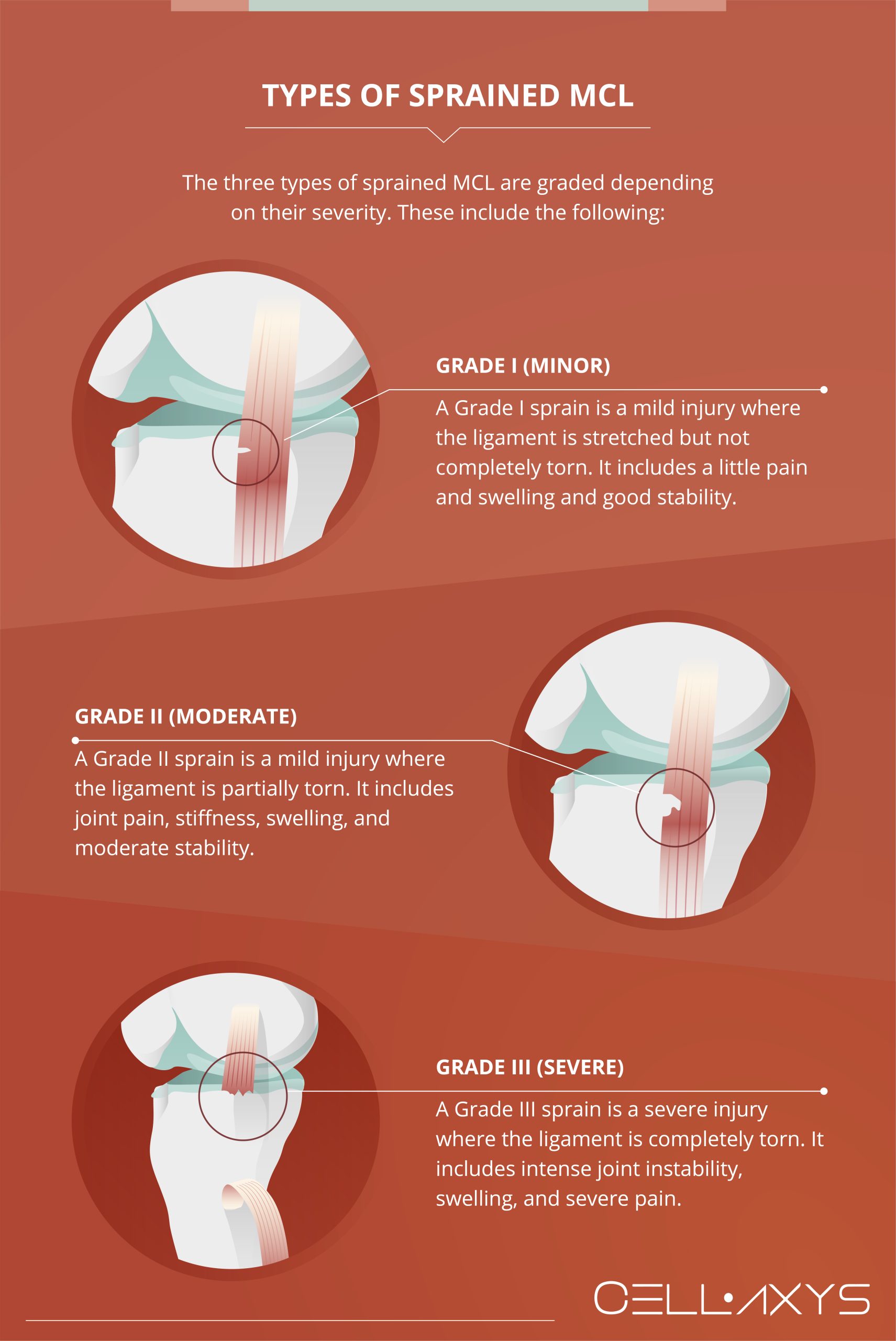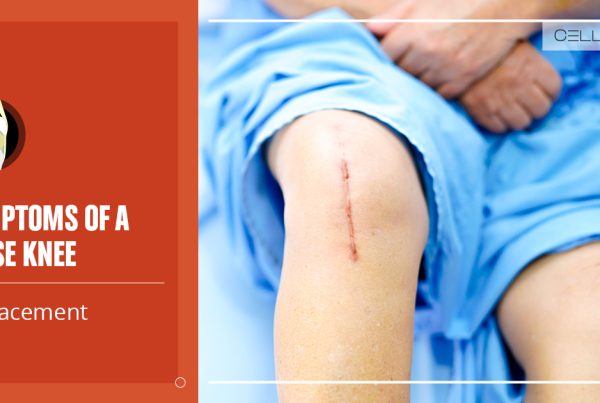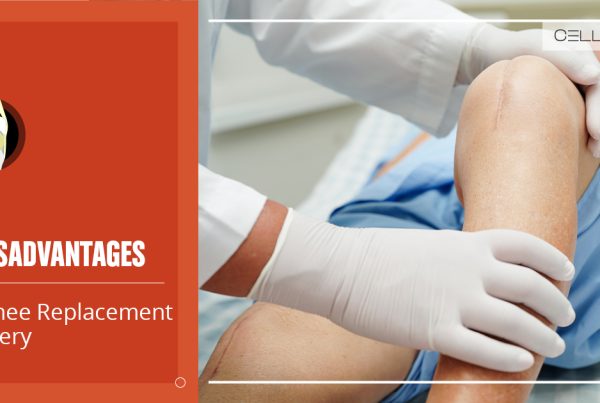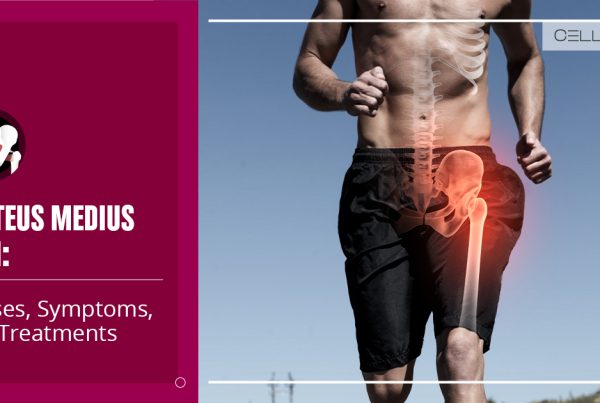Published on: January 31, 2023 | Updated on: August 29, 2024
An MCL (medial collateral ligament) sprain is a common sporting injury that can be very painful. It limits your ability to walk, run, and jump. The common causes of sprained MCL are sudden knee movement, stress on the inner knee, and overstretching.
Depending on the severity of the injury, your sprained MCL may take several days to weeks or months to recover. The recovery period also depends on the grade of your sprained MCL. Grade I is minor, so it takes a few days, while Grade III is the most severe, requiring several weeks or months to heal.
You can shorten your sprained MCL recovery time with proper treatment, medicines, and rehabilitation.
Types of Sprained MCL

The three types of sprained MCL are graded depending on their severity. These include the following:
- Grade I (minor). A Grade I sprain is a mild injury where the ligament is stretched but not completely torn. It includes a little pain and swelling and good stability.
- Grade II (moderate). A Grade II sprain is a mild injury where the ligament is partially torn. It includes joint pain, stiffness, swelling, and moderate stability.
- Grade III (severe). A Grade III sprain is a severe injury where the ligament is completely torn. It includes intense joint instability, swelling, and severe pain.
Causes of a Sprained MCL
The common causes of a sprained MCL include a direct hit on the inner knee, sudden stop and change of direction, and hyperextension.
Sports Injuries
A sprained MCL typically results from a sudden movement that twists or rotates the knee joint, stressing the ligament. Such movements can be due to quick changes in direction, sudden breaks, or falls, which are common in soccer, basketball, and tennis. Athletes can also have a sprained MCL when doing specific actions during training, such as squatting, lunging, and jumping.
Overuse Injuries
Overuse injuries occur due to repetitive use of a particular body part without allowing the body to rest, heal, and recover. Repetitive bending and turning of the knee and overexertion of the muscles that attach the thigh bone to the lower leg bones usually result in a sprained MCL. The overuse of the MCL puts stress on the ligament, causing excessive stretching and tearing of the tissue.
The Best Treatments for Sprained MCL
Treatment of a sprained MCL varies based on the severity of the injury. If your MCL is mildly sprained, your doctor may rely on natural at-home methods. However, if your condition is severe, the doctor may opt for other options, such as orthobiologic treatments or surgery.
The conventional treatment methods for sprained MCL include the following:
RICE
- Rest. Resting the injured knee is essential to allow the MCL time to heal properly. It includes avoiding activities that stress the knee, like pivoting, running, or walking for a long time.
- Ice. Icing should be applied to the injured area for 20 minutes several times daily.
- Compression. It means wearing a tight elastic bandage around the knee to reduce swelling and stabilize the joint.
- Elevation. It includes raising the knee above the waist to reduce swelling and encourage blood flow to the area.
Medications
Depending on the severity of the injury, medications can help reduce inflammation, swelling, and pain. Non-steroidal anti-inflammatory drugs (NSAIDs) are the most commonly prescribed medications for a sprained MCL. These include ibuprofen and naproxen, which can help reduce pain and inflammation.
Exercises for Knee Strength
Exercises are important in rehabilitating and strengthening your knee in a sprained MCL. To get the best results, make sure to use proper form and focus on low-impact exercises, such as:
- Side-Lying Leg Lifts. It targets your hip abductors and muscles around your knee joint.
- Resistance Band Leg Extension. It also targets the muscles around your knee joint and helps build strength in the quadriceps.
- Standing Toe Taps. Standing toe taps helps improve ankle strength, which can, in turn, help your MCL heal faster.
When performing these exercises, listen to your body and only do what your doctor recommends.
Cell-Based Therapies
Also known as stem cell therapy, these methods focus on harvesting your body’s own cells, processing them, and reinjecting them into the sprained MCL area. Since the doctor uses your own cells, cell-based therapies have a higher rate of acceptance by the patient’s body.
When the cells are taken from adipose (fat) tissue, the process is called Minimally Manipulated Adipose Tissue Transplant (MMAT). On the other hand, when the highly-concentrated cells are extracted from your bone marrow, the process is called Bone Marrow Concentrate (BMAC).
Both methods take 1.5 to 2 hours to complete and are outpatient procedures, meaning you can go home right after the process.
Platelet-Rich Plasma (PRP)
PRP involves taking the patient’s blood sample, isolating platelets, and reinjecting them into the injury site. Platelets are the healing components of our body, as they perform three main functions.
First, they release 10 Growth Factors to support the development of new tissues. Then, they attract healing cells from your blood. Finally, they produce fibrin, a web-like scaffolding, to support new cell development and growth. A high number of platelets in your sprained MCL site mean quick healing and a shorter recovery time.
PRP has been a popular spine, sports, and orthopedic treatment for decades. It takes only 45 minutes to complete, and you can go home shortly.
Sprained MCL Recovery Time
Sprained MCL recovery time can vary from person to person, but there are some steps to take that can help speed up the process. This includes wearing braces, performing knee-strengthening exercises, taking medications, etc. It usually takes some days to 8 weeks for a sprained MCL to heal and enable the person to return to day-to-day activities.
Generally, the sprained MCL recovery time depends on the severity of the injury. So, the below estimations may not be valid for you.
- Grade I. These tears typically take some days to 3 weeks to heal.
- Grade II. Sprained MCL at this grade may take 2 to 4 weeks to recover.
- Grade III. These tears take 4 to 6 weeks to heal.
If your sprained MCL is at Grade III and your knee has another injury, your recovery and healing time may extend further. If it doesn’t improve, surgery may be your last resort.
Sources
Footnotes
- Andrews K, Lu A, Mckean L, Ebraheim N. Medial collateral ligament injuries. Journal of orthopaedics. 2017;14(4):550-4.
- Woo SL, Vogrin TM, Abramowitch SD. Healing and repair of ligament injuries in the knee. JAAOS-Journal of the American Academy of Orthopaedic Surgeons. 2000;8(6):364-72.
- Weiss JA, Woo SL, Ohland KJ, Horibe S, Newton PO. Evaluation of a new injury model to study medial collateral ligament healing: primary repair versus nonoperative treatment. Journal of Orthopaedic Research. 1991;9(4):516-28.
- Naqvi U, Sherman Al. Medial Collateral Ligament Knee Injury. In: StatPearls [Internet]. Treasure Island (FL): StatPearls Publishing; 2024.
- Chen L, Kim PD, Ahmad CS, Levine WN. Medial collateral ligament injuries of the knee: current treatment concepts. Current reviews in musculoskeletal medicine. 2008;1:108-13.
References
- How is a medial collateral ligament (MCL) injury treated?. Stanford Health Care. Accessed 2/26/2024.
- Medial Collateral Ligament (MCL) Sprain. USF Health. Accessed 2/26/2024.
- Treatment Options and Recovery for MCL Sprains and Tears. SPORTS-Health. Accessed 2/26/2024.
CELLAXYS does not offer Stem Cell Therapy as a cure for any medical condition. No statements or treatments presented by Cellaxys have been evaluated or approved by the Food and Drug Administration (FDA). This site contains no medical advice. All statements and opinions are provided for educational and informational purposes only.
Dr Pouya Mohajer
Author
Pouya Mohajer, M.D. is the Director of Spine and Interventional Medicine for CELLAXYS: Age, Regenerative, and Interventional Medicine Centers. He has over 20 years of experience in pain management, perioperative medicine, and anesthesiology. Dr. Mohajer founded and is the Medical Director of Southern Nevada Pain Specialists and PRIMMED Clinics. He has dedicated his career to surgical innovation and scientific advancement. More about the doctor on this page.
Dr Pejman Bady
Contributor
Dr. Pejman Bady began his career over 20 years ago in Family/Emergency Medicine, working in fast-paced emergency departments in Nevada and Kansas. He has served the people of Las Vegas as a physician for over two decades. Throughout this time, he has been met with much acclaim and is now the head of Emergency Medical Services in Nye County, Nevada. More about the doctor on this page.









